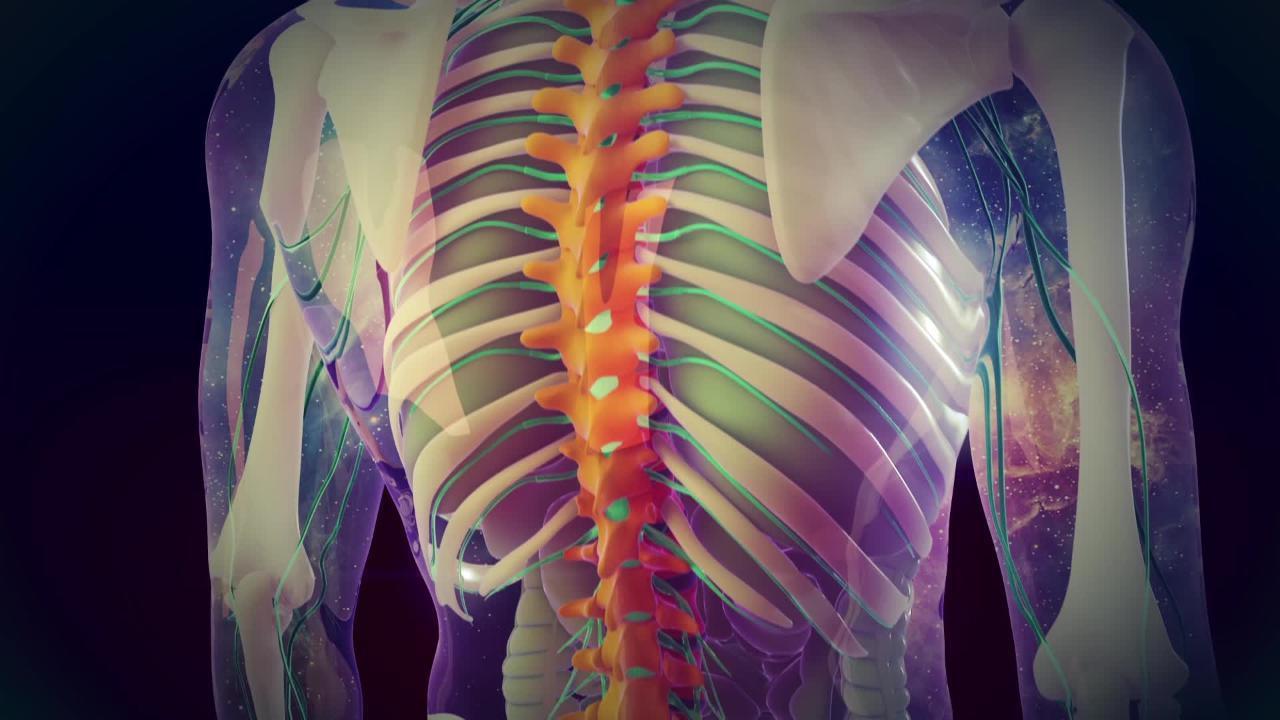
Thoracic Insufficiency Syndrome (TIS) is a rare condition that affects the chest wall, spine, and lungs, making it difficult for children to breathe and grow properly. This syndrome often results from congenital deformities like scoliosis or rib abnormalities. TIS can severely impact a child's quality of life, leading to respiratory issues and restricted lung growth. Early diagnosis and treatment are crucial for managing symptoms and improving outcomes. Treatments often involve surgical interventions, such as the use of expandable titanium ribs, to support chest wall development. Understanding TIS is vital for parents, caregivers, and medical professionals to provide the best care for affected children.
Key Takeaways:
- Thoracic Insufficiency Syndrome (TIS) affects breathing and lung development due to chest and spine issues. Early recognition and treatment are crucial for managing this rare condition.
- TIS can cause difficulty breathing, chest deformities, and stunted growth. Treatment options include surgery, bracing, and physical therapy to improve quality of life.
What is Thoracic Insufficiency Syndrome?
Thoracic Insufficiency Syndrome (TIS) is a rare condition affecting the chest wall, spine, and lungs. It can make breathing difficult and impact overall lung function. Here are some key facts about TIS.
-
TIS is a congenital condition: Most cases are present at birth, often due to genetic abnormalities or developmental issues during pregnancy.
-
Affects the chest wall: The chest wall may be underdeveloped or deformed, leading to breathing difficulties.
-
Spinal deformities are common: Many patients with TIS have scoliosis or other spinal abnormalities.
-
Lung growth is impacted: The condition can restrict lung development, leading to respiratory problems.
-
Rare but serious: TIS is uncommon but can have severe health implications if not treated properly.
Symptoms of Thoracic Insufficiency Syndrome
Recognizing the symptoms early can lead to better management of TIS. Here are some common signs to watch for.
-
Difficulty breathing: Shortness of breath or labored breathing is a primary symptom.
-
Frequent respiratory infections: Children with TIS often experience recurrent lung infections.
-
Chest wall deformities: Visible abnormalities in the chest shape can be a sign.
-
Delayed growth: Children may have stunted growth due to poor lung function.
-
Fatigue: Constant tiredness due to reduced oxygen levels in the body.
Causes of Thoracic Insufficiency Syndrome
Understanding the causes can help in early diagnosis and treatment. Here are some known causes of TIS.
-
Genetic mutations: Certain genetic disorders can lead to TIS.
-
Congenital scoliosis: Abnormal spinal development in the womb can cause TIS.
-
Rib anomalies: Missing or fused ribs can contribute to the condition.
-
Syndromic associations: Conditions like Jarcho-Levin syndrome are linked to TIS.
-
Environmental factors: Exposure to harmful substances during pregnancy may increase the risk.
Diagnosis of Thoracic Insufficiency Syndrome
Accurate diagnosis is crucial for effective treatment. Here are some methods used to diagnose TIS.
-
Physical examination: Doctors look for visible signs like chest wall deformities.
-
Imaging tests: X-rays, CT scans, and MRIs help visualize the chest and spine.
-
Pulmonary function tests: These tests measure lung capacity and function.
-
Genetic testing: Identifying genetic mutations can confirm the diagnosis.
-
Prenatal screening: Ultrasounds during pregnancy can sometimes detect TIS.
Treatment Options for Thoracic Insufficiency Syndrome
Treatment aims to improve breathing and overall quality of life. Here are some common treatments for TIS.
-
Surgical intervention: Procedures like VEPTR (Vertical Expandable Prosthetic Titanium Rib) can help expand the chest cavity.
-
Bracing: Spinal braces may be used to manage scoliosis.
-
Physical therapy: Exercises to strengthen respiratory muscles.
-
Oxygen therapy: Supplemental oxygen can help improve breathing.
-
Regular monitoring: Ongoing check-ups to track lung and chest development.
Living with Thoracic Insufficiency Syndrome
Managing TIS involves a multidisciplinary approach. Here are some tips for living with the condition.
-
Regular medical visits: Frequent check-ups with specialists are essential.
-
Healthy lifestyle: Balanced diet and regular exercise can improve overall health.
-
Support groups: Connecting with others who have TIS can provide emotional support.
-
Educational support: Children may need special accommodations at school.
-
Awareness and advocacy: Raising awareness can help improve research and treatment options.
Final Thoughts on Thoracic Insufficiency Syndrome
Thoracic Insufficiency Syndrome (TIS) is a rare but serious condition affecting the spine and ribcage, making it hard for the lungs to grow and function properly. Early diagnosis and treatment are crucial for improving quality of life. Treatments often involve surgery, like the use of vertical expandable prosthetic titanium ribs (VEPTR), which help support the spine and allow the chest to expand as a child grows.
Understanding TIS can make a big difference for those affected. Awareness leads to better support and resources for families dealing with this condition. If you or someone you know is facing TIS, consult with a specialist to explore all available options. Knowledge and proactive care are key to managing this complex syndrome. Stay informed, seek expert advice, and never hesitate to ask questions about the best path forward.
Frequently Asked Questions
Was this page helpful?
Our commitment to delivering trustworthy and engaging content is at the heart of what we do. Each fact on our site is contributed by real users like you, bringing a wealth of diverse insights and information. To ensure the highest standards of accuracy and reliability, our dedicated editors meticulously review each submission. This process guarantees that the facts we share are not only fascinating but also credible. Trust in our commitment to quality and authenticity as you explore and learn with us.
